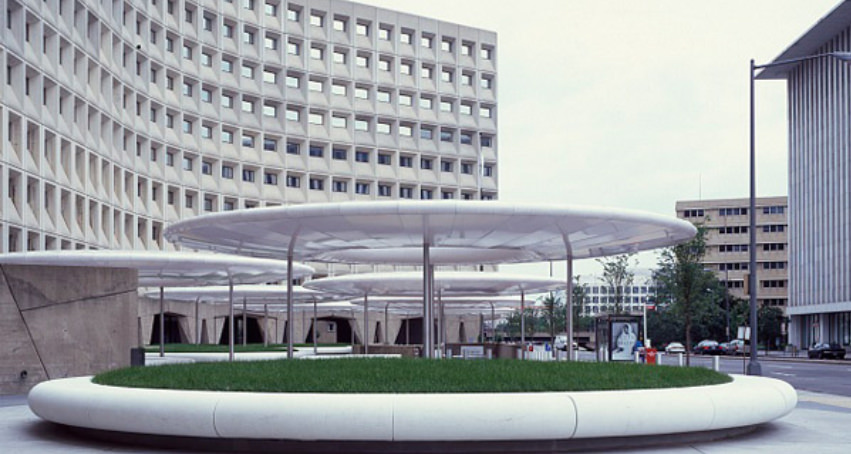December 27, 2016
 As 2016 draws to a close, HUD announces that some of the hardest hit natural disaster areas are getting nearly $2 billion in additional federal relief.
As 2016 draws to a close, HUD announces that some of the hardest hit natural disaster areas are getting nearly $2 billion in additional federal relief.
According to a Department of Housing and Urban Development press release, HUD “awarded an additional $1.8 billion to help Louisiana, West Virginia, Texas, North Carolina, South Carolina and Florida to recover after severe flooding events that occurred earlier this year. Provided through HUDs Community Development Block Grant Disaster Recovery (CDBG-DR) Program, these recovery funds will assist the most impacted communities that experienced the most serious damage to their housing stock.”
Earlier this month, President Obama signed the Fiscal Year 2017 Further Continuing Resolution, which became law on December 10, 2016.
The resolution is described on the HUD official site as a stopgap spending measure. HUD is directed by the resolution to allocate $1.8 billion in the most impacted and distressed areas. Those areas experienced “presidentially declared disasters in 2016 but prior to December 10, 2016” according to the press release.
This relief includes money for presidentially declared disaster areas affected by Hurricanes Matthew and Hermine. Our team worked quickly to make sure these funds reach the communities most impacted by a major disaster this year .says HUD Secretary Julian Castro, who was quoted in the HUD press release. He adds, Well do everything we can to support the people and places still struggling to rebuild.
Homeowners in disaster areas such as the ones mentioned here are urged to stay in contact with their lenders, contact FEMA and state/local relief agencies, and be cautious when offered settlements from insurance companies. The most important things to do in the wake of a disaster all have one thing in common-it’s wrong to assume that help is simply “on the way” with no contact required from a borrower or home owner.
Some disaster relief such as loan forbearance or other measures that directly affect the borrower’s payment requirements will need to be negotiated with the lender on a case-by-case basis. Other relief may be available via online forms or mail-in requests, or by appointment with an agency representative.
If you aren’t sure what to do in the wake of a natural disaster, contact your lender first, along with your insurance company, and FEMA to learn how to begin the recovery process and protect yourself financially.

